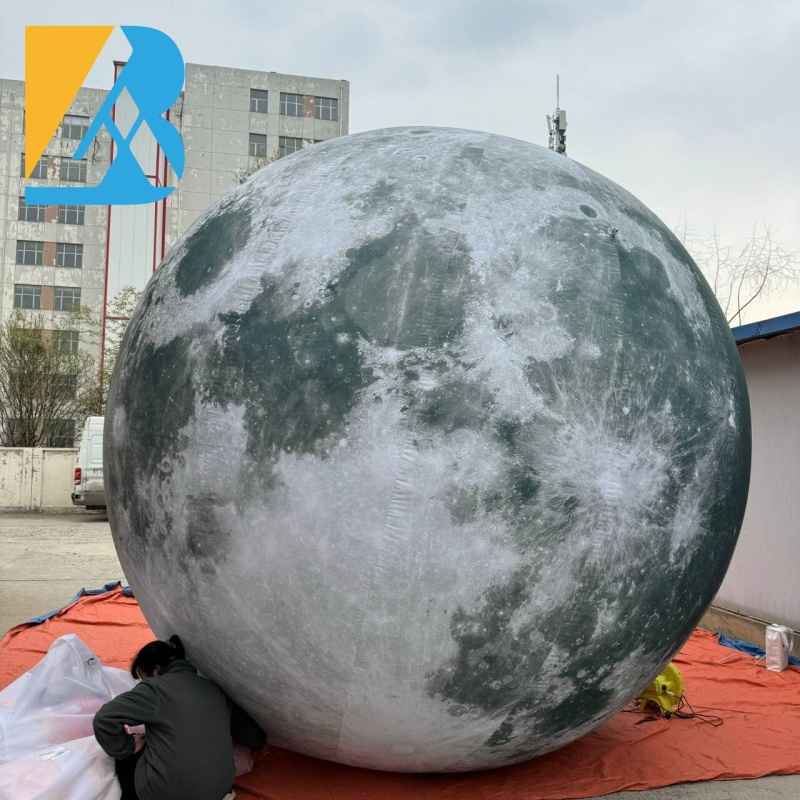How to introduce sewing technology to buyers of inflatable products? How to distinguish good from bad sewing technology?
- Framco Lee
- May 4, 2024
- 3:42 pm

Educating on Sewing Technology
Materials Used: Start by discussing the materials in use—both the fabric of the inflatable products and the thread. Highlight how the choice of materials impacts the product’s durability, resistance to elements (like UV rays, water, and abrasion), and overall lifespan.
Stitch Types: Different stitch types offer varying levels of strength and water resistance. Explain the commonly used stitches in inflatable products, such as the lockstitch and chain stitch, and their respective advantages. Emphasize how certain stitches, like the lockstitch, prevent air from leaking even if a part of the stitch breaks.
Seam Construction: Talk about how the construction of seams—an often overlooked aspect—plays a crucial role. Well-constructed seams with techniques like overlapping, double stitching, or heat welding can significantly enhance an inflatable’s integrity and performance.
Advanced Sewing Techniques: Introduce any advanced technologies or techniques you employ, such as automated sewing systems that ensure consistent stitch quality or special coatings applied to seams for extra waterproofing.
Quality Assurance Processes: Describe the quality control measures in place, such as tension tests and air leakage tests, to ensure every product meets high-quality standards.
Distinguishing Good from Bad Sewing Technology
Identifiers of Good Sewing Technology:
Precision: Uniform stitch length and straight seams, with no missed stitches.
Strength: Use of appropriate seam types for stress points, such as reinforced seams, and exploration of welding techniques where applicable.
Durability: Selection of high-quality, UV-resistant thread that matches the material’s durability expectations.
Innovation: Adoption of the latest sewing technologies that improve product performance, like seam sealing and waterproofing techniques.
Signs of Inferior Sewing Technology:
Inconsistency: Uneven stitch lengths, wavy seams, or misalignments that can weaken the inflatable structure.
Weak Points: Single stitching at stress points or the absence of reinforced seams, which can lead to tears and leaks.
Poor Material Choice: Use of low-quality threads that are not suited for the product’s application, leading to quicker deterioration.
Lack of Testing: Minimal to no mention of quality assurance processes, which may indicate a higher likelihood of defects.
ADDITIONAL INFORMATION AS FOLLOWS:
Seam types play a crucial role in the construction of inflatable products, impacting their durability, performance, and safety. Inflatables, ranging from toys and recreational items to industrial and safety equipment, rely heavily on the strength and air-tightness of their seams to maintain shape, integrity, and functionality. Here’s why seam types are so important:
Durability
Strength against Stress: Inflatables undergo stress during use, especially at their seams. Certain seam types, like welded seams or double-stitched seams, offer enhanced durability against these stresses, preventing ripping and tearing.
Material Bonding: The way materials are joined in seam construction affects how well they can withstand environmental factors like UV exposure, water, and abrasion. Effective seam types create stronger bonds that can handle such challenges better.
Air Retention
Leak Prevention: The primary purpose of an inflatable is to stay inflated. Seam types such as lap seams, which overlap material for extra thickness at the joint, or RF (radio frequency) welded seams, which molecularly bond materials, are critical in ensuring minimal to no air leakage.
Pressure Distribution: Properly constructed seams help distribute the pressure evenly across the inflatable structure when it’s inflated, reducing the risk of burst seams.
Aesthetics
Seam Visibility: The selection of seam type can affect the product’s final appearance. Invisible or flat seams can lead to a more polished, appealing look, important for consumer products.
Shape and Contour: The seam type can influence the inflatable’s ability to achieve and maintain specific shapes and contours, crucial for products where performance or functionality is shape-dependent like inflatable boats or architectural structures.
Safety
Structural Integrity: In products like life rafts or emergency slides, seam failure is not an option. High-strength, dependable seam types are employed to ensure that these products perform without fail in critical situations.
Consistency: High-quality seam construction results in a product that behaves predictably during use, reducing the risk of accidents caused by sudden deflation or failure.
Types of Seams in Inflatable Construction
Welded Seams: Using heat, sound (ultrasonic), or radio frequency, materials are fused together, creating a bond as strong as the original material. Ideal for PVC or other thermoplastic materials.
Stitched Seams: These can be single-stitched or double-stitched. While stronger than single, double stitching provides an additional layer of durability. Often, stitched seams are then covered with seam tape to ensure air-tightness.
Glued Seams: Applying a special adhesive to bond pieces together, glued seams are common in high-grade rubber or neoprene inflatables. When done properly, they offer a strong, flexible seam.
Lap Seams: Material edges overlap and are then welded, stitched, or glued. This method increases the seam’s strength and reduces the chance of leakage.
In conclusion, the type of seam used in inflatable product construction plays a foundational role in ensuring that the product is durable, retains air properly, looks good, and remains safe to use. Manufacturers must carefully select the appropriate seam type based on the material, intended use, and performance requirements of the inflatable product.
Contact Us
- Phone: +86 135 7045 5750
- WeChat: baiinflatables
- E-mail: franco@baiinflatables.com
- WhatsApp: +86 135 7045 5750
- Add: Room A032, Room 225, 2nd Floor, No. 192, Dabei Road, Shiqiao Street, Panyu District, Guangzhou, China
